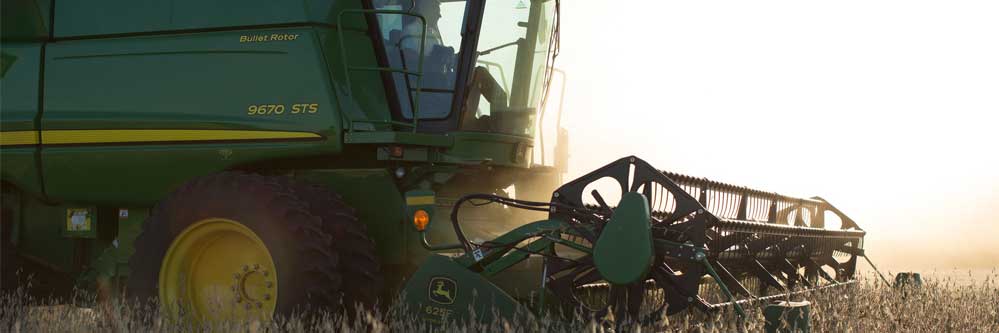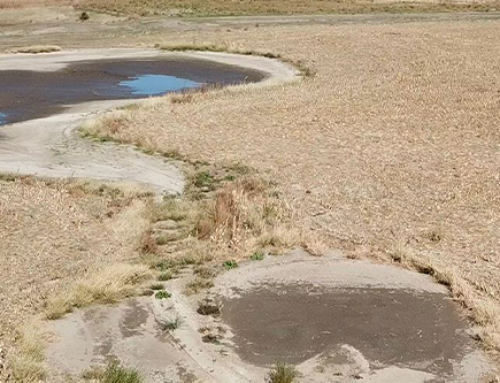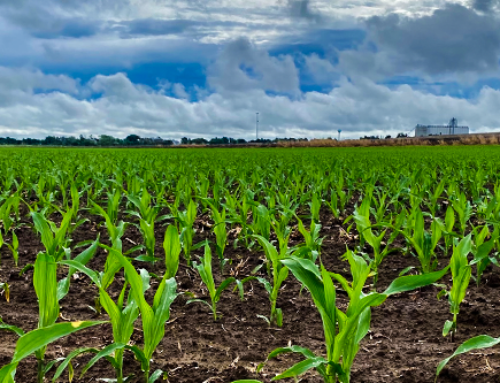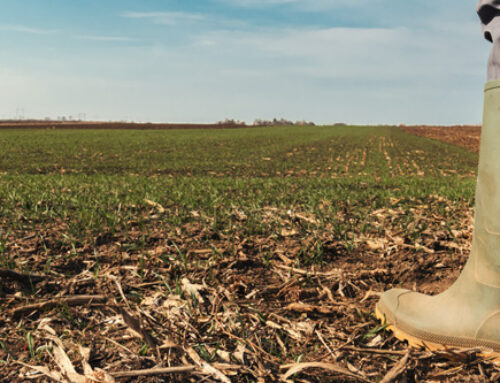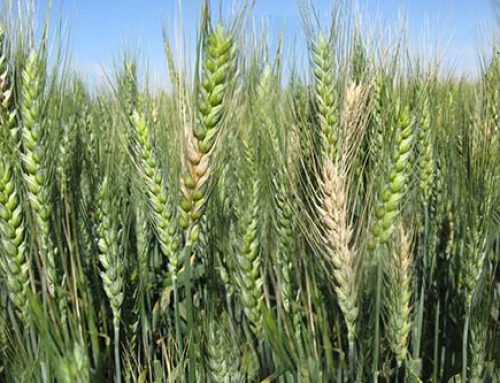As we begin a new year, we take time to reflect on what has been, and what may be coming. 2014 proved to be a pretty good year for producers across the country. A pretty solid wheat crop was harvested, despite some chronic drought conditions over the western high plains. The corn and soybean crop benefited from some timely rains and tolerable summer temperatures. With higher yields came lower commodity prices as well.
Looking forward, we all read about Trends in Agriculture. Sometimes looking at the big picture doesn’t seem to be very relevant as we prepare for this year’s upcoming crop. But, it does help us see where we are going, or where we should be focusing our attention.
Below are five trends in agriculture that I see taking center stage in years to come:
- Adaptation of Technology
This almost can’t be avoided. As we look at purchasing machinery, seed, pesticides, etc., technology is being inserted into the base model of almost everything required to put a crop in the ground, and harvested. As an example, it used to require a tremendous amount of effort to get a combine ready to collect yield data, retrieve the data, process the data, and get it in a useable format for decisions. Shortly, it will take virtually no operator input to have this data automatically collected, transferred, and ready for decisions.The technology that is in genetically modified seed has had, and will continue to have, a huge impact on agriculture – both from the environmental benefit it brings by reducing the amount of pesticides applied, to increased yields using less inputs including water and nutrients. - Big Data – Better Yet, Useable Data
Big Data is still a buzz word. The challenge is how to get data to work for a producer on a local level. Converting data to actionable solutions is what needs to happen to make all this technology worth the investment. This is actually one of Crop Quest’s major focuses. Without solutions, just viewing data is pretty much worthless. This process takes a tremendous amount of time, filled with frustrations, trial and error. But when data becomes actionable, it becomes very powerful, and worth the effort. - Biologicals
This area is just now starting to receive a little press. With virtually no new modes of action on the horizon, many of the major chemical companies are focusing their attention on utilizing biological organisms as solutions for weed, insect and disease control. How these products control pests will be vastly different than what we are used to using for chemical control, and will require a different mindset. I’m guessing that these first generation products just now being formulated will look very archaic 20 or more years from now. - Regulations
In my opinion, this may be the most frustrating trend in Agriculture. An obvious example of this is bringing new products to the marketplace. The EPA requirements to bring a molecule from conception to the field requires hundreds of millions of dollars and decades of time. Pests mutate and build resistance to our current product lineup much quicker than new technology can be labeled.
Immense pressure is being put on farmers to track the origin of all commodities and products grown for consumption. The technology and paper trail that this will require will vastly change how and what gets accomplished on a typical farm operation in the future. The cost to producers and consumers will be a huge burden as well. - Demand!
This trumps all the rest. If what we read is true, and the population of this world does hit 9 BILLION people by 2050, the demand to supply enough food, fiber and energy to supply the world will be a daunting task. There is no reason to doubt that production agriculture is in the driver’s seat as we look forward into the future. We will see yields increase, but we will also produce more using less inputs. And the American farmer will continue to lead the world as the greatest innovators and producers in the world. We at Crop Quest look forward to continuing to serve our producers to be a part of all the challenges and solutions that we have in front of us.
Written by: Dwight Koops, Dodge City, KS
Featured Image by: United Soybean Board, Soybean Harvest, Flickr.com
